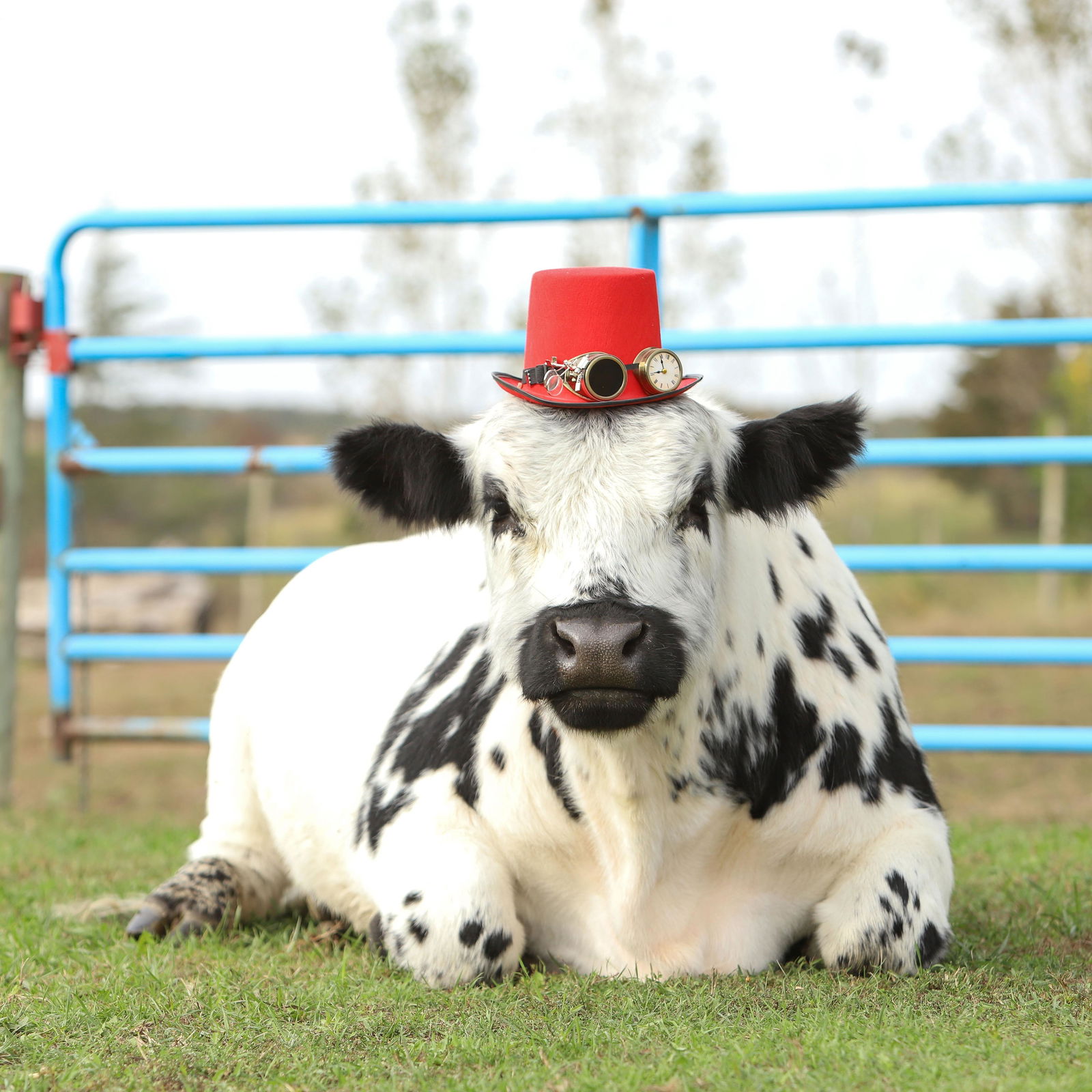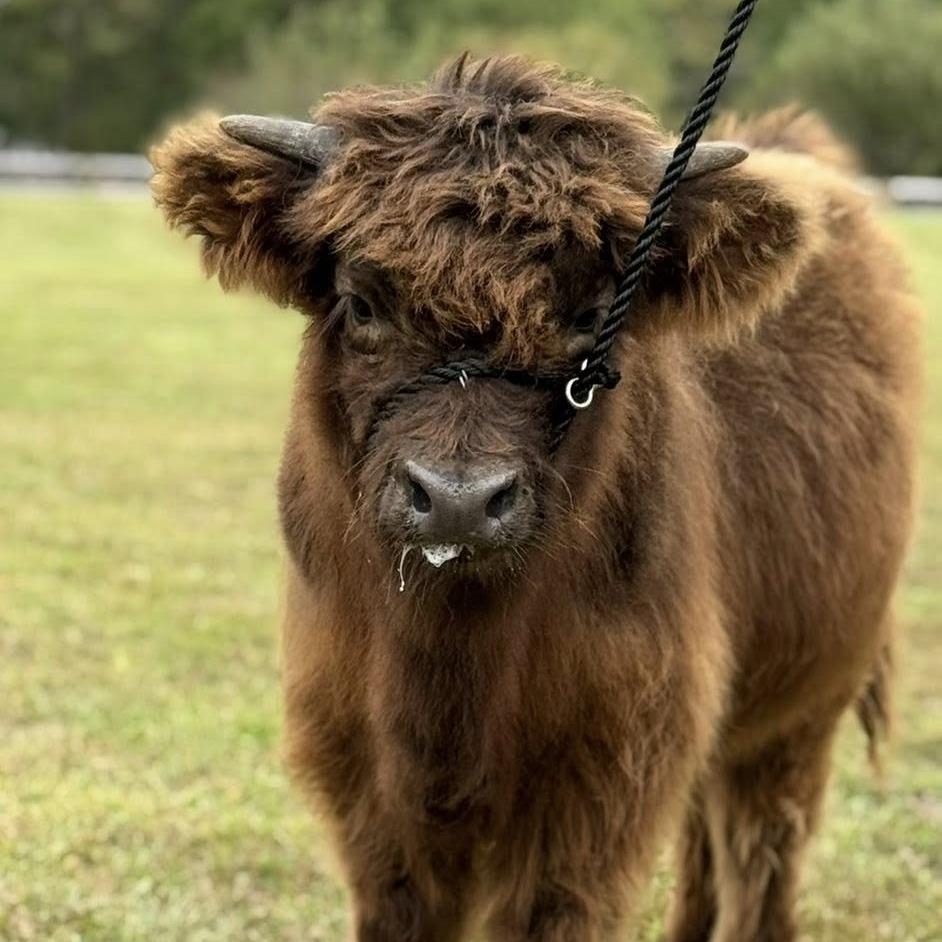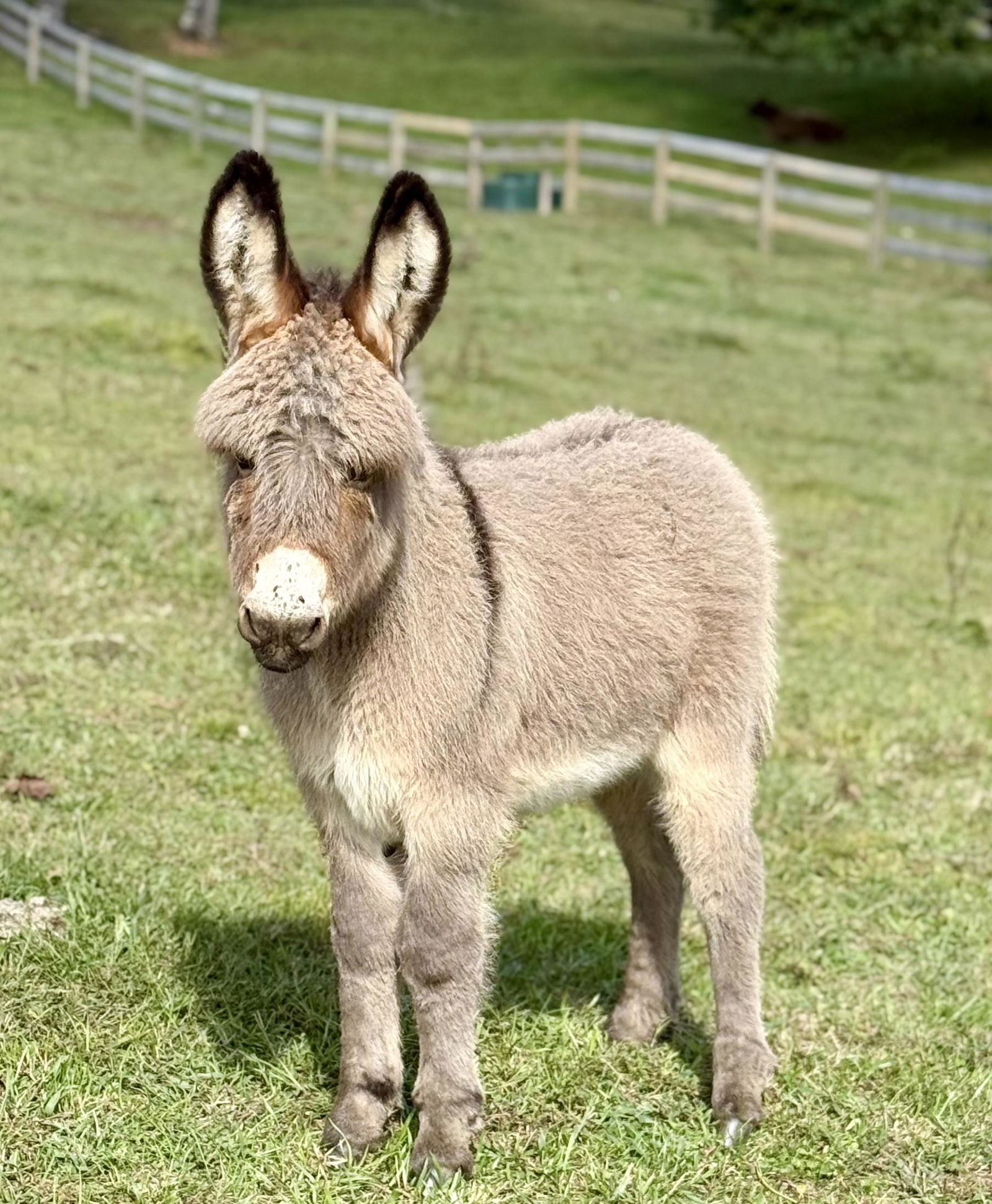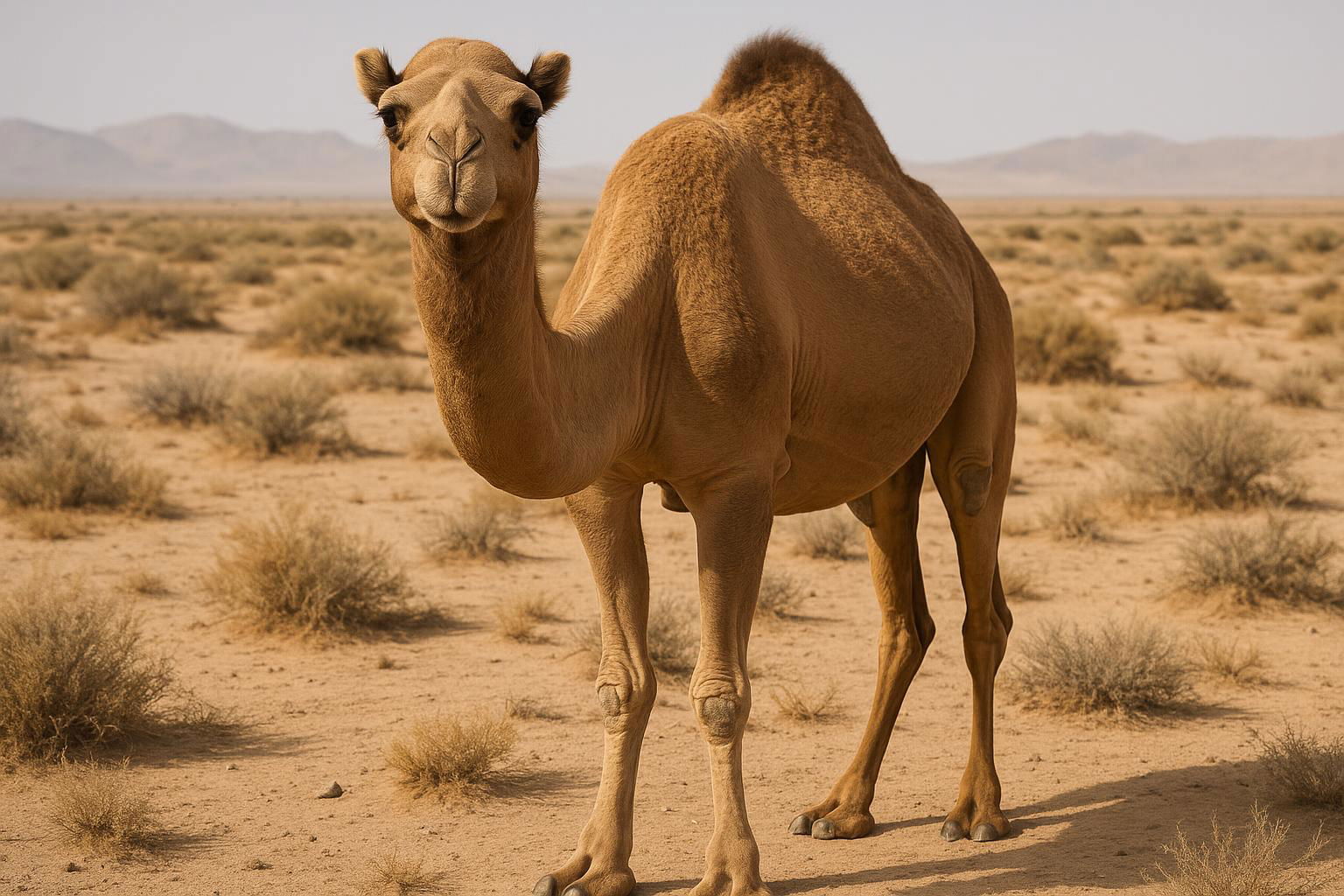
Dromedary Camel
Camelus dromedarius
The Dromedary Camel, scientifically known as Camelus dromedarius, is a large, even-toed ungulate native to the arid regions of North Africa and the Middle East, though it has been introduced to various other areas, including Australia. This iconic camel species is characterized by its single, distinctive hump, which serves as a reservoir of fatty tissue that provides both energy and water when sustenance is scarce. Typically standing at a height of around 6 to 7 feet at the shoulder, the Dromedary Camel is well-adapted to desert life, boasting long legs to keep its body away from the hot desert sands and broad, cushioned foot pads for traversing rough terrain. Its coat is short and dense, often appearing in shades ranging from beige to dark brown, which helps to reflect sunlight and protect against severe heat. Dromedary Camels possess remarkable endurance, capable of traveling long distances at steady speeds with minimal water and food, making them indispensable to nomadic cultures for centuries as beasts of burden. Social by nature, they typically travel in herds, exhibiting a range of vocalizations and behaviors to communicate within their groups. Despite common misconceptions, Dromedary Camels are not truly wild animals today, as the last genuinely wild populations have vanished thousands of years ago. Nonetheless, they continue to be a vital part of human life and ecology in many desert regions.
Colors: Light Beige, Dark Beige, Brown, Reddish Brown, White, Black, Spotted
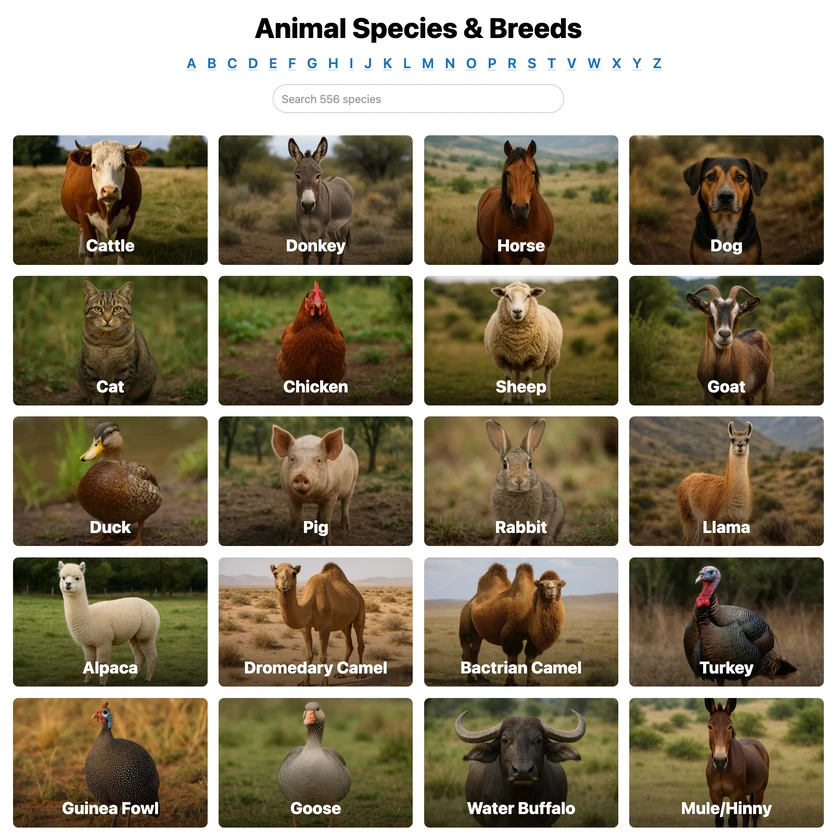 All Species & Breeds
All Species & Breeds
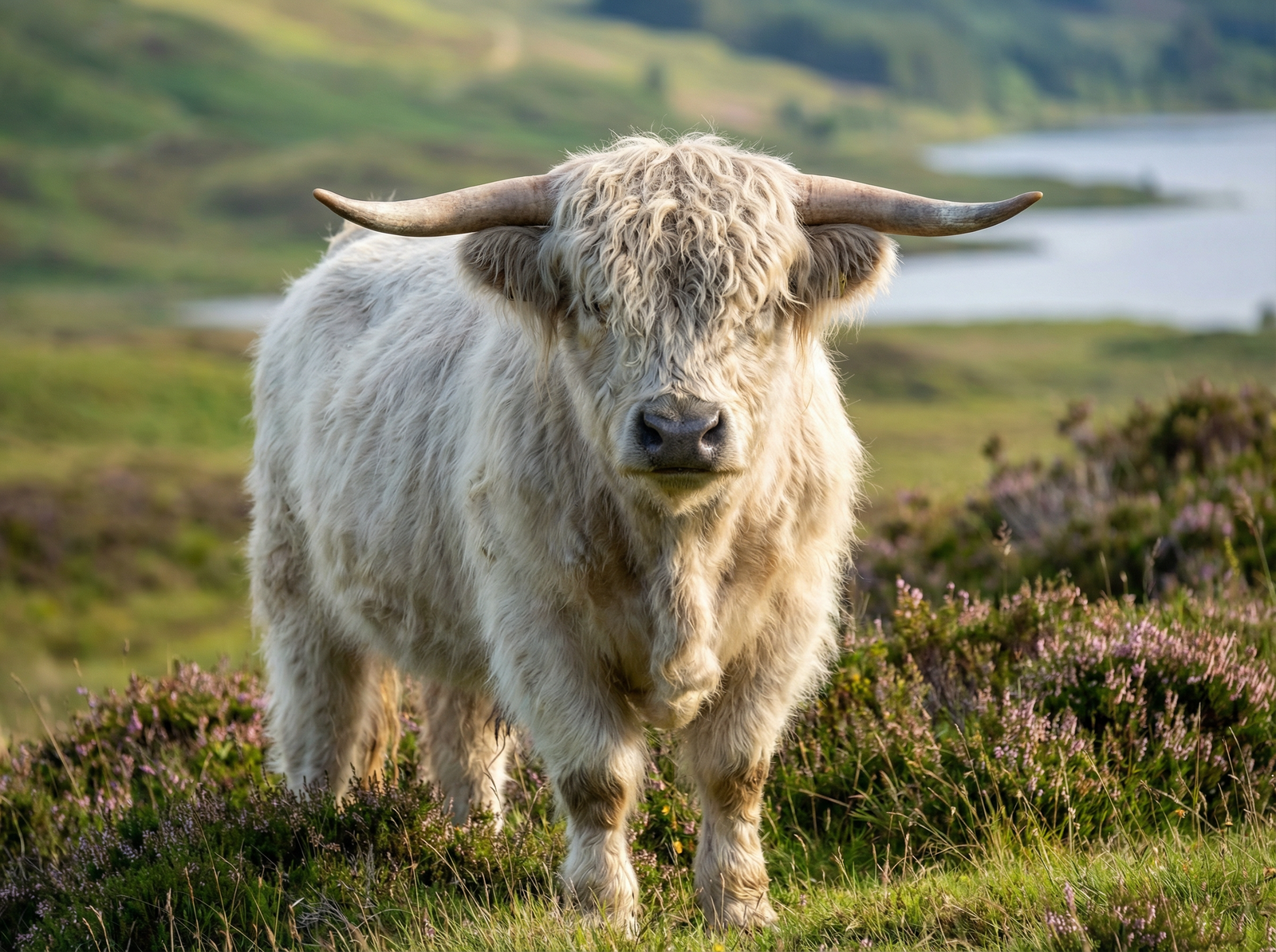 Highland Cattle
Highland Cattle
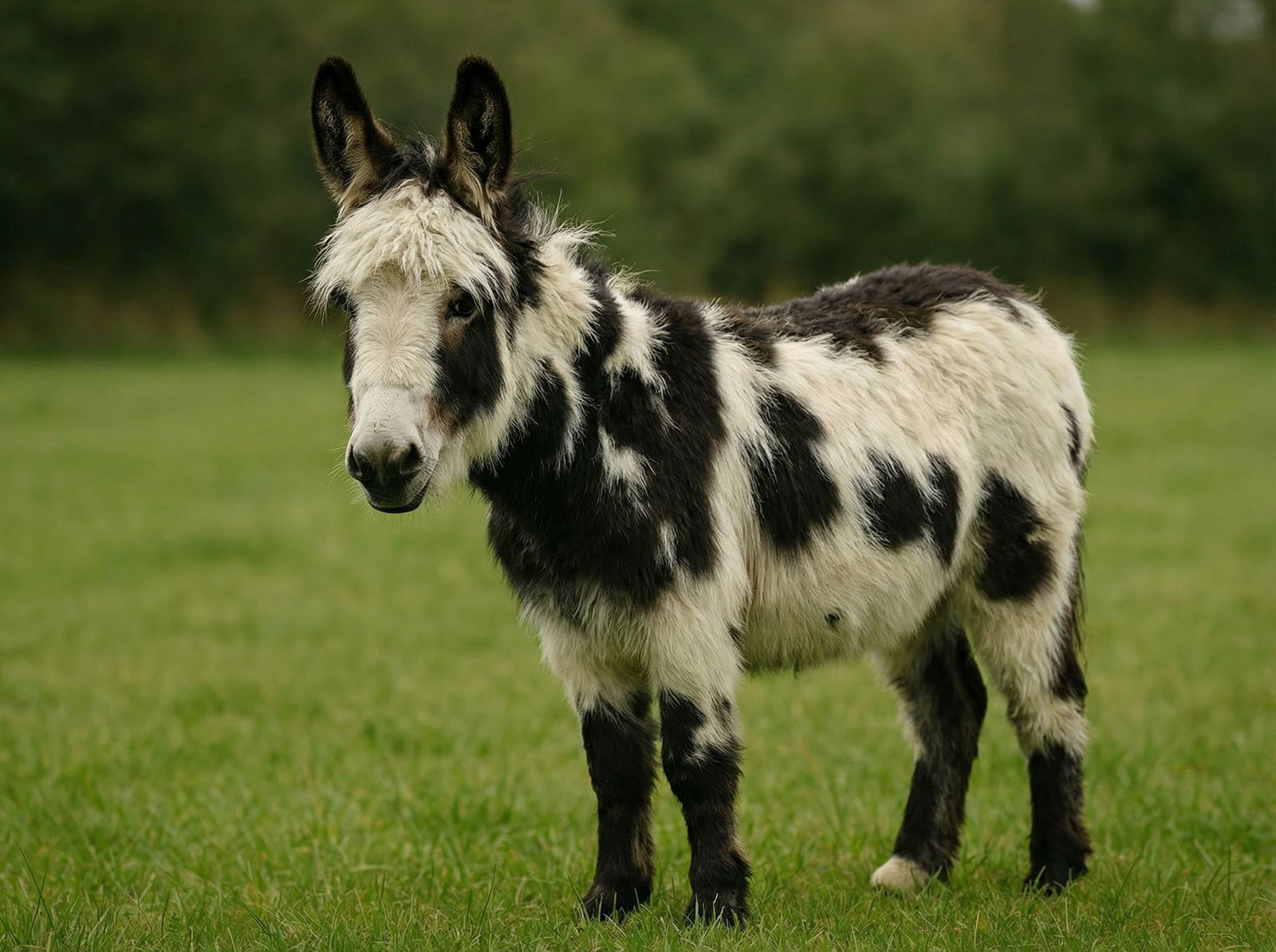 Miniature Donkeys
Miniature Donkeys
 All Species Directory
All Species Directory
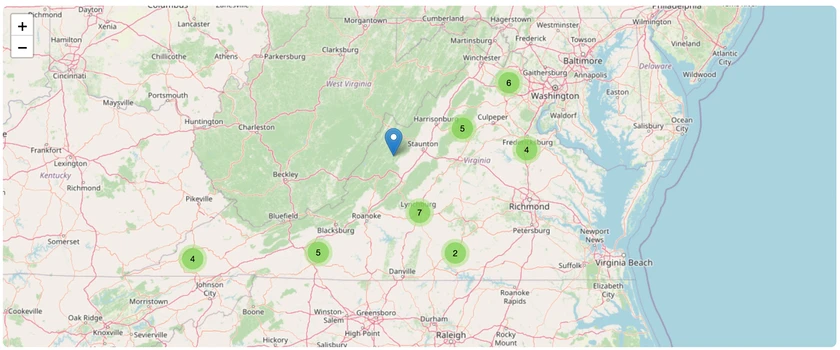 Highland Cattle in Virginia
Highland Cattle in Virginia
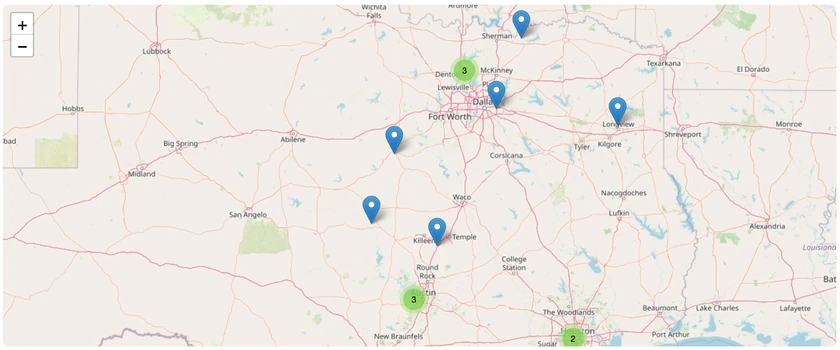 Miniature Donkeys in Texas
Miniature Donkeys in Texas
